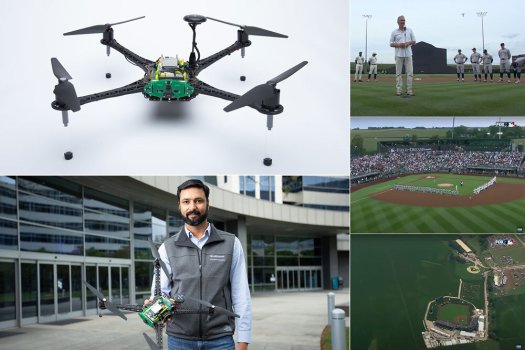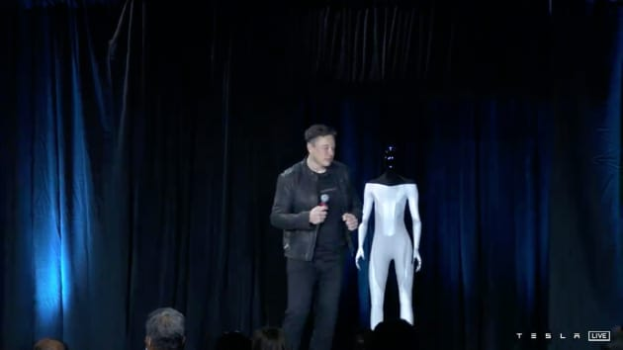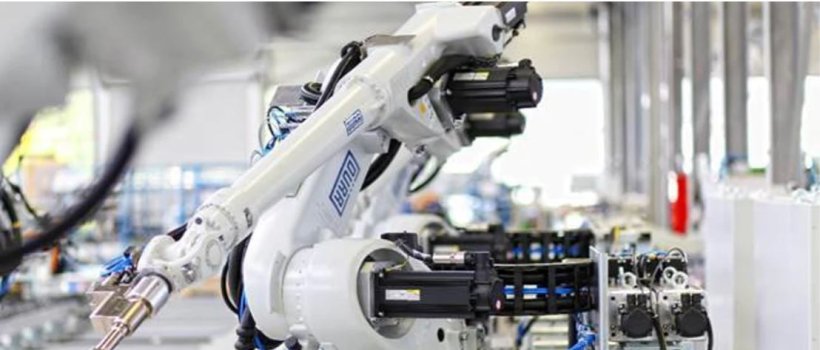‘Always seeking, always finding’: Mani Thiru on how to succeed in the tech sector
- Technology Workforce
- 0 Replies
Mani Thiru flew into Singapore a few months ago and was sent straight into the island city-state’s Covid-19 circuit breaker, where she isolated for the next month.
She has taken on the role of Business Lead in the Aerospace & Satellite Solutions team at Amazon Web Services for that region — a position she is ‘really stoked’ about. “I’ve been wanting to look after a regional business for a while,” she tells me. “Space is science, technology, research, innovation, economics, and even politics. The more collaboration we have between countries with their different strengths and unique differentiators, the faster we will evolve in this sector to benefit of many.”
Earlier this year, Thiru took out the WALA Award for Emerging Leader in the Private Sector — where she flipped the lid in her acceptance speech. “When the judges had me on the panel I thought I stuffed it up,” she said. “I’m going to act like a man today and just wing it. They do it and it works. It’s about time we got some of that. They stand here and say, I deserve this. So, I deserve this.”
Continue reading: https://womensagenda.com.au/leadership/advice/always-seeking-always-finding-mani-thiru-on-how-to-succeed-in-the-tech-sector/
She has taken on the role of Business Lead in the Aerospace & Satellite Solutions team at Amazon Web Services for that region — a position she is ‘really stoked’ about. “I’ve been wanting to look after a regional business for a while,” she tells me. “Space is science, technology, research, innovation, economics, and even politics. The more collaboration we have between countries with their different strengths and unique differentiators, the faster we will evolve in this sector to benefit of many.”
Earlier this year, Thiru took out the WALA Award for Emerging Leader in the Private Sector — where she flipped the lid in her acceptance speech. “When the judges had me on the panel I thought I stuffed it up,” she said. “I’m going to act like a man today and just wing it. They do it and it works. It’s about time we got some of that. They stand here and say, I deserve this. So, I deserve this.”
Continue reading: https://womensagenda.com.au/leadership/advice/always-seeking-always-finding-mani-thiru-on-how-to-succeed-in-the-tech-sector/
























